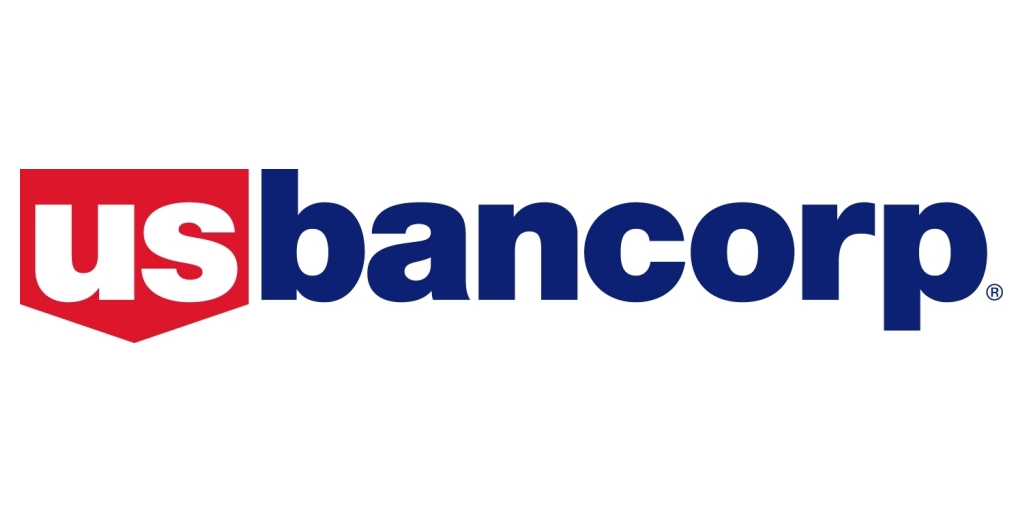
U.S. Bancorp (NYSE:USB) struggles with financial efficiency, having a lower ROIC to WACC ratio compared to its peers.
The Bank of New York Mellon Corporation (NYSE:BK), Wells Fargo & Company (NYSE:WFC), and Morgan Stanley (NYSE:MS) outperform USB in generating returns over their cost of capital.
Morgan Stanley (NYSE:MS) leads the sector with a ROIC of 20.43% and a WACC of 11.28%, showcasing its superior financial efficiency.
U.S. Bancorp (NYSE:USB) is a major player in the American banking sector, providing a wide range of financial services including lending, investment, and wealth management. In the competitive landscape, it stands alongside peers like The Bank of New York Mellon Corporation (BK), The PNC Financial Services Group, Inc. (PNC), Wells Fargo & Company (WFC), American Express Company (AXP), and Morgan Stanley (MS).
In evaluating U.S. Bancorp’s financial efficiency, the Return on Invested Capital (ROIC) and Weighted Average Cost of Capital (WACC) are key metrics. USB’s ROIC is 0.70%, while its WACC is 12.25%, resulting in a ROIC to WACC ratio of 0.057. This suggests that USB is not generating returns that exceed its cost of capital, indicating potential inefficiencies.
Comparatively, The Bank of New York Mellon Corporation (BK) shows a ROIC of 7.46% and a WACC of 6.10%, leading to a ROIC to WACC ratio of 1.223. This indicates BK is more efficient in generating returns over its cost of capital than USB. Similarly, The PNC Financial Services Group, Inc. (PNC) has a ROIC to WACC ratio of 0.257, which, while lower than BK, still surpasses USB’s ratio.
Wells Fargo & Company (WFC) and American Express Company (AXP) also outperform USB in this regard, with ROIC to WACC ratios of 0.404 and 1.459, respectively. Notably, Morgan Stanley (MS) leads the pack with a ROIC of 20.43% and a WACC of 11.28%, resulting in a ROIC to WACC ratio of 1.811. This highlights MS’s superior ability to generate returns over its cost of capital, as highlighted by the data.

